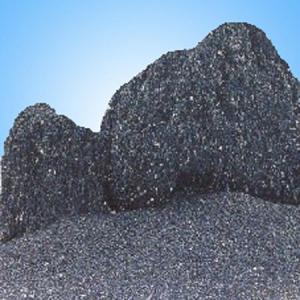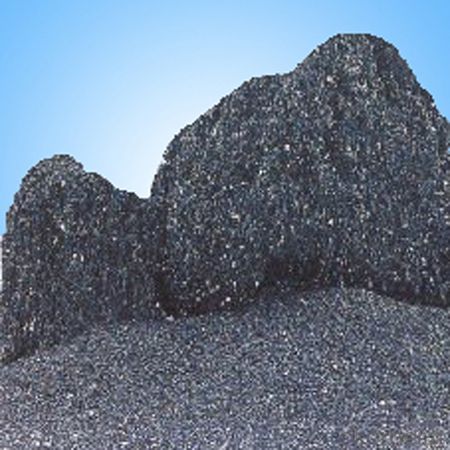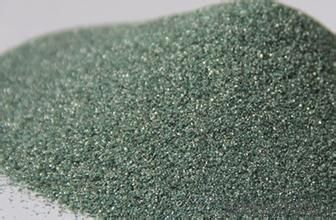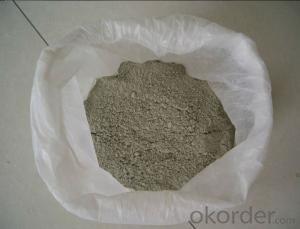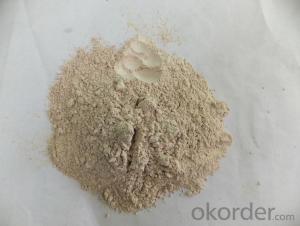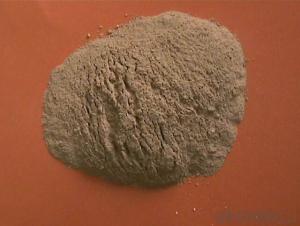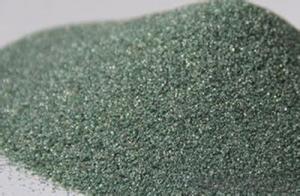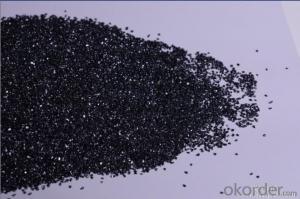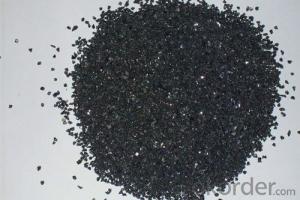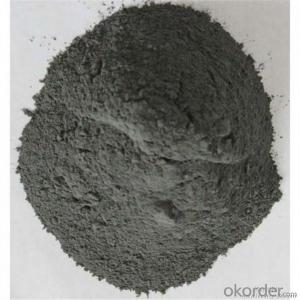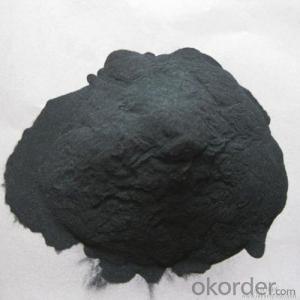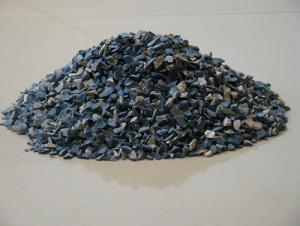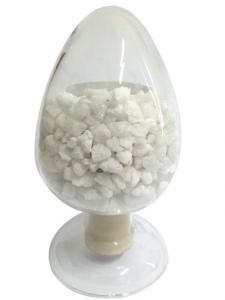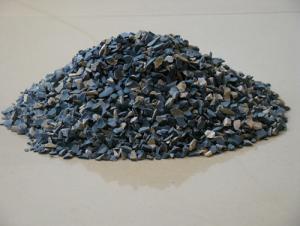Raw Materials for Refractory:Black/Green Silicon Carbide Abrasive & Refractory Grade
- Loading Port:
- China main port
- Payment Terms:
- TT OR LC
- Min Order Qty:
- 25 m.t.
- Supply Capability:
- 2000 m.t./month
OKorder Service Pledge
OKorder Financial Service
You Might Also Like
Quick Details
| Place of Origin: | Shanghai, China (Mainland), Shanghai China (Mainland) | Brand Name: | CNBM | Model Number: | sy1479 |
| Material: | SiC | Usage: | abrasive/metallurgical deoxidizer | Abrasive Grain Sizes: | 16#24#30#36#46#60#80#100#120#150#180#200#325#, 1180-1000u |
| color: | black,green | shape: | lump, briquette,powder | sample: | free |
| SiC: | min97 | Bulk density: | 1.45-1.56 g/m³ | Composition%: | SiO≥95% F. C≤0.3% Fe2O3≤1.2% |
| Proportion: | 3:2 |
Packaging & Delivery
| Packaging Details: | 25kg poly woven bag with inner lining, 500kg jumbo bag, two jumbo bag palletized in a pallet.Other package requirement on request. |
| Delivery Detail: | Within 7 days after receiving the deposit. |
Specifications
Black Silicon Carbide For Abrasive & Refractory
1.High purity
2.Corrosion resistance
3.Good suitability
4.High hardness


Description
Silicon carbide (SiC) is made from quartz sand and petroleum coke( or coal tar), wood chips as raw material through high temperature smelting in electric resistance furnace.
Applications
1.metallurgical deoxidizer
2.high temperature resistant materials
3.as abrasive, abrasive tools can be used to such as grinding wheels, whetstones, grinding head, sand tile etc
Advantages
1. corrosion resistance, high strength, high hardness,
2.good wear-resisting performance,resist to shock
3.stable chemical performance, high thermal conductivity, high resistant temperature
- Q: What is the principal part of silicious refractory material
- blast furnace hot blast stove and ceramic tunnel kiln vault, etc., the softening temperature under a fixed load is high (1690-1710 degree), glass melting furnace, lightweight silica bricks and generally the silicon?dioxide is greater than 93% and used above the 600 degree. I had undertaken to complete the 50,000 tons over two advanced silica brick production line design. It is a typical acidic refractory. At present, it is mainly used to coke oven which the masonry operating temperature is higher than 600 degree, with good acid resistance of slag erosion, including silica?brick, good thermal conductivity, high thermal vibration stability, product with fused quartz, close to its refractoriness silicious refractory SiO2 which is as the main component of refractory products.
- Q: What are the refractory materials above 1000℃
- I have no idea what field you are in, and I am skillful at making refractory materials, because this is my job. You can send me an email informing your purpose, here is my email address .
- Q: What are included in roof thermal insulation fireproofing material?
- Aluminium foil, bubble, aluminium foil/air bubbles/fireproofing aluminium foil thermal insulation material, fireproofing bubble thermal insulation material, fire?retardant thermal insulation material, thermal insulation construction materials, aluminum foil insulation material.
- Q: whether the fire resistant level of aerated concrete building blocks can reach the grade one?
- the fire resistant level of aerated concrete building blocks can reach the grade one level. Aerated concrete strength grade shall be divided according to the concrete cubic compressive strength value. Use the symbol C and the cube compressive strength value (in N / mm2 or MPa gauge) to express. According to GB50010-2002 "concrete structure design specifications" provisions, ordinary concrete is divided into fourteen levels, namely: C15, C20, C25, C30, C35, C40, C45, C50, C55, C60, C65, C70, C75, C80 .
- Q: Who knows how to divide the building fire grade and fire resistance grade?
- I hope to help you building fireproof rank division is one of the most basic measure in building fire safety technical measures, Building's fireproof rank is divided into class one, two, three, four according to China's architectural design specification. Fire-resistant capability of the highest level is the strongest; Fire resistance of four level of the weakest. The fire resistance level of a building depends on the combustion performance and fire resistance of the building components that comprise the building. The so-called building component refers to a series of basic components, such as wall, foundation, beam, column, floor, stair, ceiling and so on. The judgment condition of the fire resistance There are three conditions for components' fire resistance limit to be reached, namely, the fire resistance limit of the building component: Loss of support and integrity; loss of time to fire the role of the time; as long as any of these three conditions is met, it will reach its limit of fire. Hope my answer will help you.
- Q: Who knows the fire resistant level of the rock wool color plate?
- The rock wool color steel rock wool board is used in a area of high ??fire safety requirements. According to "interior decoration of buildings for fire protection design", the color steel rock wool board belongd to level A. Its life is more than 15 years and still can be used when the temperature is up to about 700 ℃, with maximum fireproofing hour of six hours. And the rock wool color plate is a environmentally friendly material, the preferred material in the construction industry .
- Q: How to determine the fire resistance rating of the aluminium-plastic?panel?
- The fire resistance rating of the aluminium-plastic?panel is determined by two indicators, namely national compulsory standard of GB8624 "Building Materials Combustion Performance Grading Method ", and GB/T17748 "Aluminium-plastic?Composite Panel National Standard" . Classifications of combustion performance of building materials in our country are as follows: A class: Incombustible building materials; B1 class: Flame-retardant building materials; B2 class: combustible building material; B3 class: flammable building materials. The fire resistance rating of the aluminium-plastic composite panel shuld be no less than B1 class. 1. Detection indexes and requirements of fireproof aluminum-plastic composite panel (B1 class): (1) Conduct the test according to GB/T8625-88, the average leftover length of each test specimen should be more than 150mm, (any test piece should have leftover length), and the maximum average flue gas temperature of each test should be no more than 200 ℃; (2) Conduct the test according to GB/T8626-88, flame hight indicators.
- Q: Is aluminium oxide refractory material?
- Yes. It has high melting and boiling point, stable chemical?property. All refractory material almost contains aluminium oxide. Refractory materials have a large range and need specific requirements. Refractory material is divided into sizing refractory material, shapeless refractory material, ceramic fiber, refractory bricks and castable refractory. It can be subdivided according to temperature rating. Hope it is helpful to you.
- Q: What are the materials used in refractory material processing?
- From the raw material and refractory materials can know, silicides, corundum, clay, diatomite, asbestos, metal oxides, sulfides, carbides and so can be used in the production of refractory material processing, processing of raw materials and refractory material can be used in mechanical equipment, according to production fineness crushing machine, packaging machine equipped with lifting machine, milling machine, so, the complete set of processing production line of refractory raw materials.
Send your message to us
Raw Materials for Refractory:Black/Green Silicon Carbide Abrasive & Refractory Grade
- Loading Port:
- China main port
- Payment Terms:
- TT OR LC
- Min Order Qty:
- 25 m.t.
- Supply Capability:
- 2000 m.t./month
OKorder Service Pledge
OKorder Financial Service
Similar products
Hot products
Hot Searches
Related keywords
